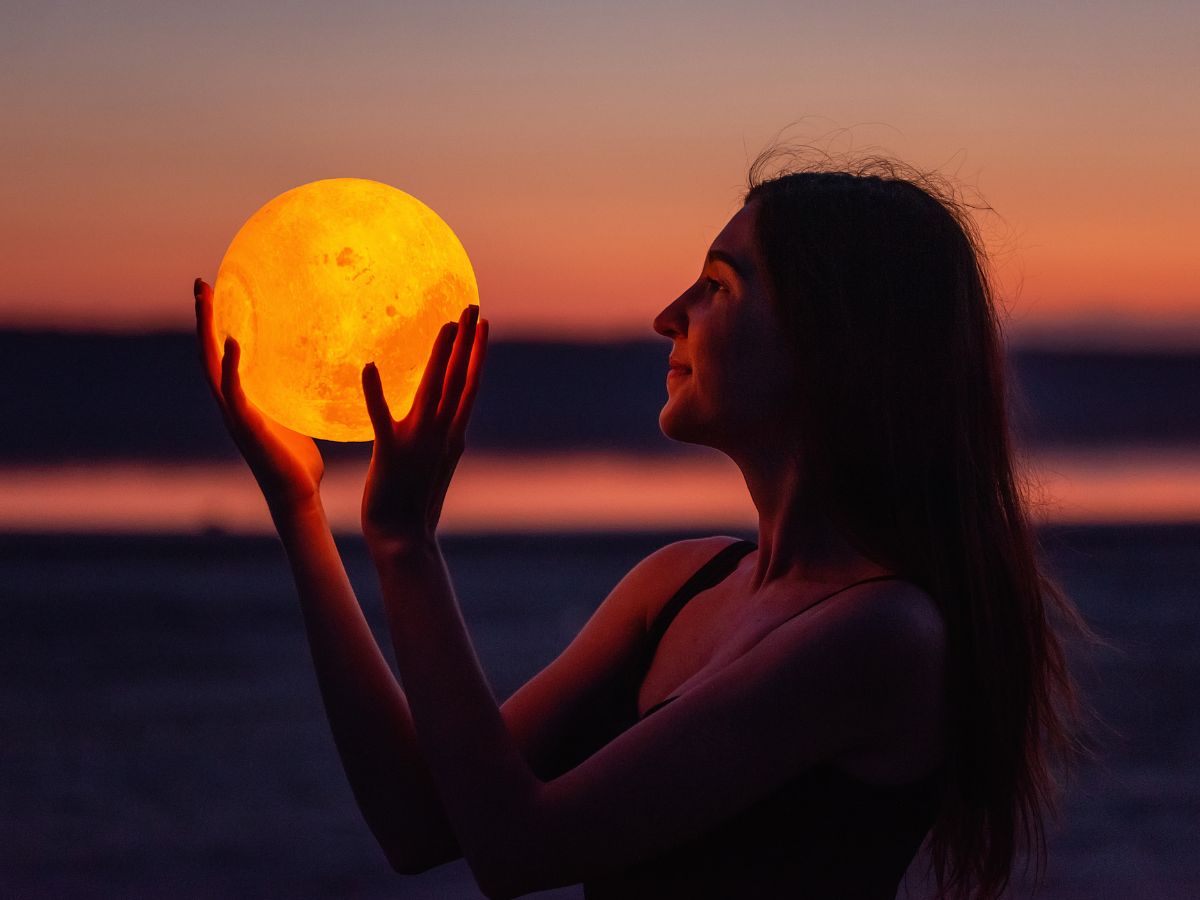As the nights grow longer and the crisp air of November settles in, a stunning celestial event is set to grace our skies—the Beaver Moon. But what makes this full moon so special, and why might it be the last supermoon of 2024? If you’re wondering about the next full moon or the full moon in November 2024, you’re in the right place.
Each month, the full moon has a name, often reflecting the natural world or historical traditions. November’s Beaver Moon is linked to the time when beavers are busy preparing for winter, either by building dams or setting up their lodges. In some Native American traditions, it’s also the time to set beaver traps before the swamps freeze, ensuring a supply of warm furs.
This November full moon will shine brightly, reaching its peak when the moon’s orbit brings it closest to Earth. While not as bright as last month’s Hunter’s Moon, it will still be a spectacular sight. But here’s the big question—Is this the last supermoon on Earth?
Why Is the Beaver Moon Special?
In 2024, the Beaver Moon is the final supermoon of the year. What makes a moon a supermoon? Essentially, a supermoon occurs when the full moon coincides with the point in its orbit that brings it closest to Earth, known as the perigee. When this happens, the moon appears larger and brighter than usual, making for some truly breathtaking views.
This year, the Beaver Moon will reach its peak on November 15th, 2024, and while it won’t be as bright as the previous Hunter’s Moon, it still promises a stunning sight for stargazers in the UK and beyond. If you’ve been asking, “When is the next full moon?”, this is your answer—prepare for a dazzling show. For more about supermoons and lunar events, check out NASA’s detailed explanation here.
The Science Behind the Supermoon
NASA explains that a supermoon happens when the moon’s orbit brings it within 90% of its closest distance to Earth. While the moon’s orbit is elliptical, it doesn’t circle in a perfect circle, which means the distance between the Earth and the moon changes throughout the month. During a supermoon, this distance is minimized, causing the moon to appear about 14% larger and 30% brighter in the sky.
For the Beaver Moon, which occurs on November 15th, 2024, this supermoon will be visible at its peak as the moon aligns with Earth and its closest point in orbit. The moon will look especially large when it rises above the horizon, but the effect is more noticeable when the moon is near the horizon compared to when it’s high in the sky. For more insights from NASA, you can check their latest updates on lunar phenomena here.
When Is the Next Full Moon?
After the Beaver Moon, the next full moon won’t be until December 2024. So if you’re hoping to catch another supermoon, you’ll have to wait until August 2025 for the next one. That’s why the Beaver Moon holds a special place in this year’s lunar cycle. It’s the last chance to experience a supermoon in 2024, and stargazers and photographers alike will want to take advantage of it.
Full Moon November 2024 UK
For those in the UK, the full moon in November 2024 will be visible throughout the country, with the Beaver Moon rising in the evening and peaking at night. In the West Midlands, photographers have already captured stunning images of the supermoon against the backdrop of iconic landmarks, such as Manstone Rock on The Stiperstones. If you’re in the UK, you’ll want to look up on the night of November 15th to witness this breathtaking sight. You can find more information about this lunar event on the BBC’s coverage of the Beaver Moon here.
Make sure to check your local weather conditions, as cloudy skies can sometimes obstruct the view. For the best experience, head to a location away from light pollution to get a clear, unobstructed view of the moon.
Besides its stunning visual appeal, the Beaver Moon carries historical and ecological significance. It reminds us of the natural cycles that influence animal behavior, like the activity of beavers preparing for winter. It also marks an important moment in the lunar calendar as we say goodbye to the year’s supermoons.
The Beaver Moon is a perfect opportunity to reconnect with nature, appreciate the wonders of the night sky, and perhaps even reflect on the year as it draws to a close.
Key Takeaways
- The Beaver Moon on November 15th, 2024, is the last supermoon of the year.
- It’s a great chance to see the moon closer and brighter than usual.
- After the Beaver Moon, the next full moon is in December 2024.
- The supermoon will be fully visible across the UK and is a must-see for stargazers.
Don’t Miss the Beaver Moon
The Beaver Moon is a rare and beautiful sight, and it’s your last chance in 2024 to see a supermoon. Whether you’re a seasoned stargazer or just someone who enjoys the beauty of the night sky, this is an event you won’t want to miss. So, mark your calendars for November 15th, 2024, and make sure you step outside to witness the moon’s magic. Share your photos and experiences with others, and let’s all enjoy this spectacular celestial event together!
Feel free to share this blog with friends, or comment below with your thoughts on the Beaver Moon and any tips you have for viewing the supermoon.















Leave a Reply
View Comments